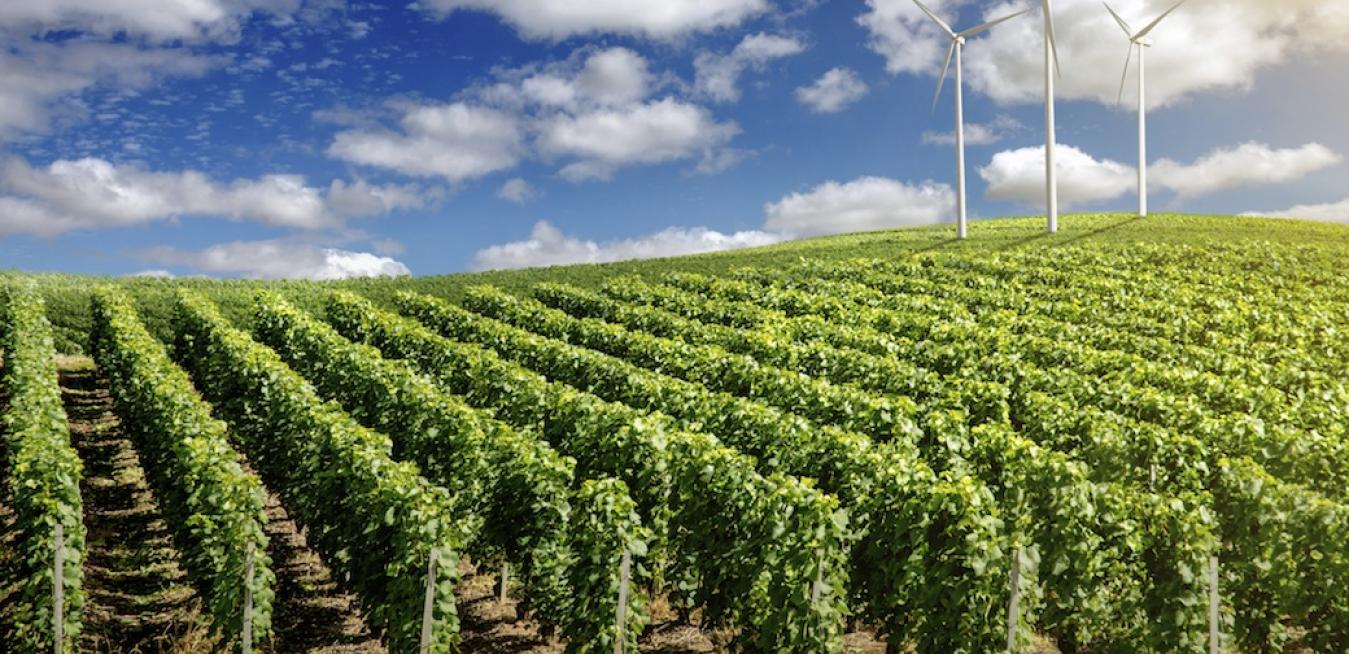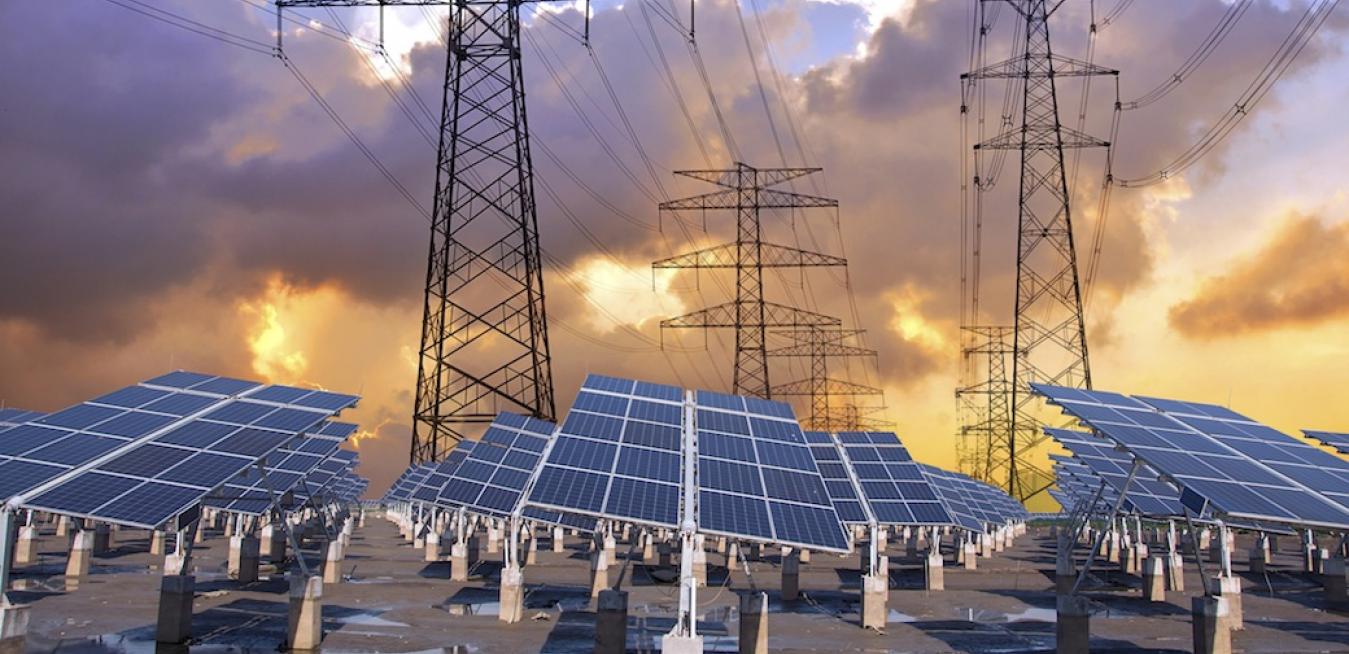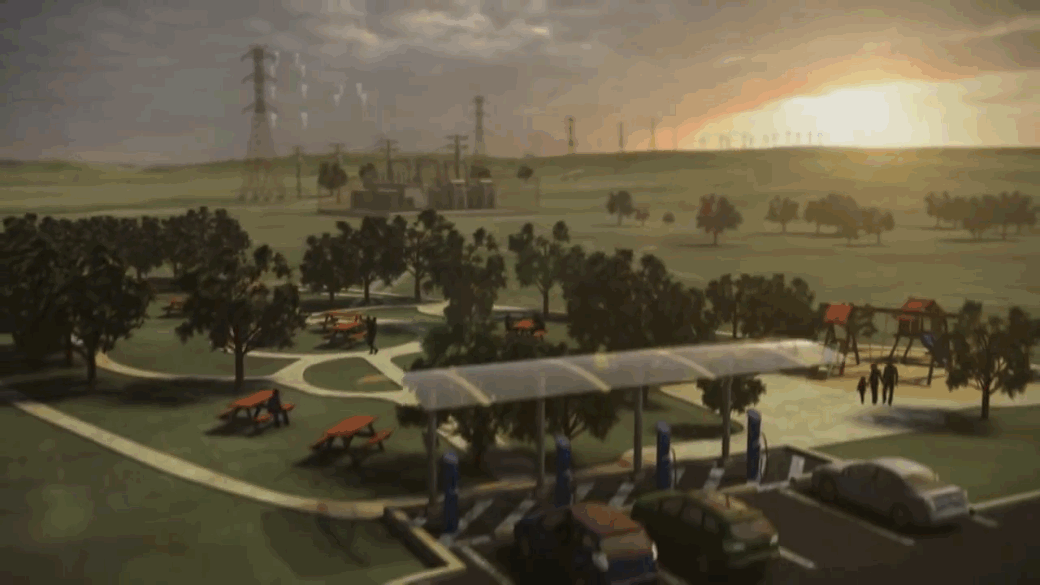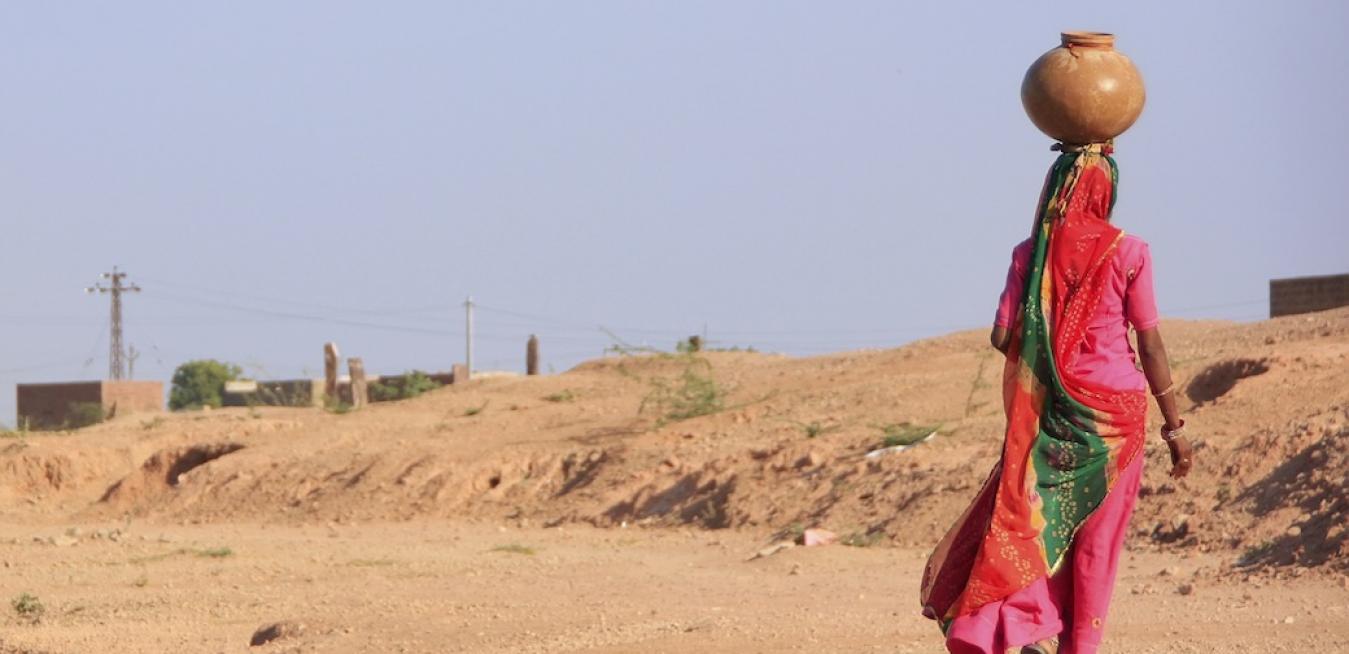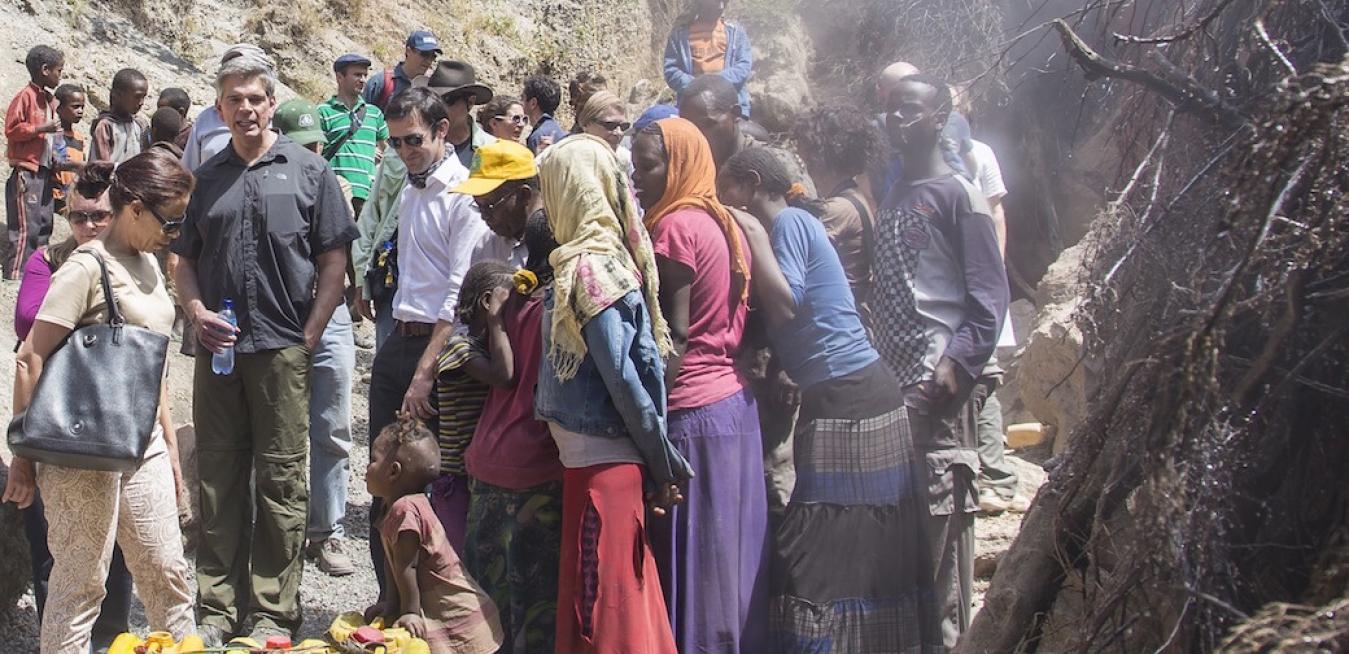More and more companies are using waste products for power generation, thanks to the growth of distributed power.
Not only does electricity generation account for about 40 percent of energy-related CO2 emissions, but the power sector is also expected to play more of a role in reducing the share of fossil fuels in the global energy mix than any other, the International Energy Agency (IEA) explains in its latest World Energy Outlook.
While this approach makes sense — given that climate change is a global issue and market-based national or international solutions would be far less expensive solutions than command and control approaches — an ambitious, binding international treaty has yet to materialize. And here in the U.S., climate change legislation doesn’t look likely for the foreseeable future.
Clean tech is increasingly about IT-enabled distributed and fully integrated energy systems that have the potential to transform lives around the world — as well as the prosperity and productivity of countries across the globe.







